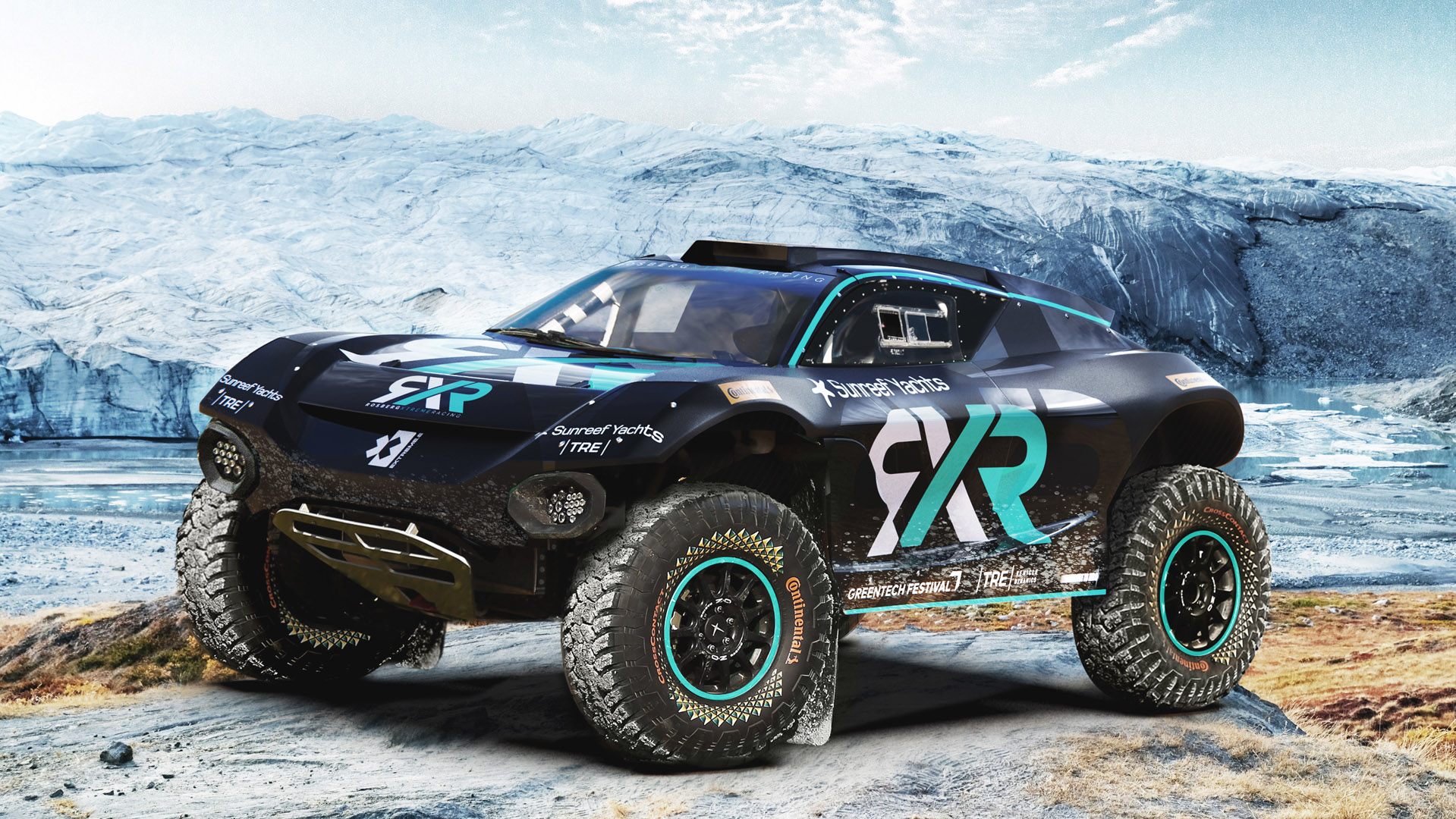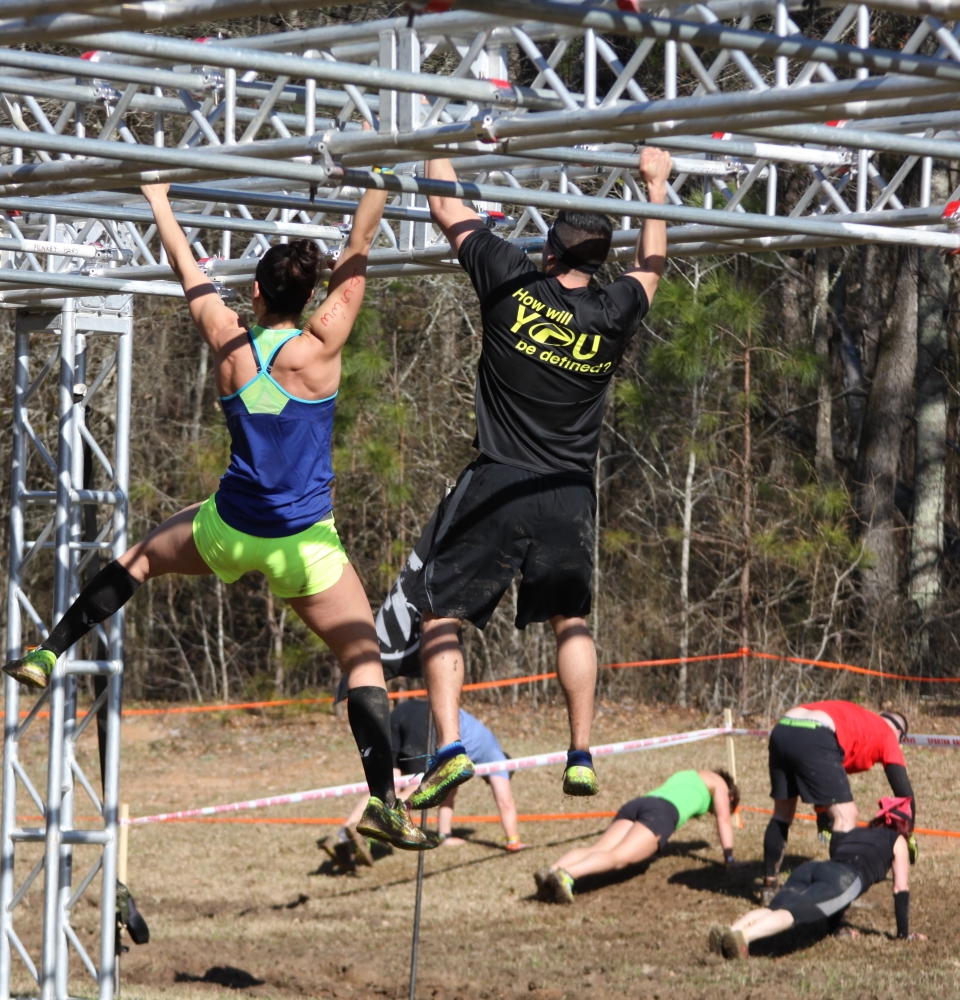

Teams have to stay together in adventure racingīut it’s not necessary to have a large team for security in countryside locations used by smaller events, and it can be hard for those trying Adventure Racing for the first time to find 3 others to race with.Īgain, smaller races need to make it as easy as possible to compete, and so allow pairs or teams of 3.
EXTREME RACE SERIES
(If you have a casualty with a team of 4, one can stay with the injured competitor and two can go for help – no one is left alone.) Expedition races and the Adventure Racing World Series have now settled on a team of 4 as standard. In the early days teams were in remote and isolated places and having 4 or more team members was for safety. This really sets Adventure Racing apart as it’s hard to think of another sport where team size varies! How come there is no fixed team size in Adventure Racing? In practice some ‘adventure races’ without navigation (like the Quest example above) will call themselves ‘multisport’ events and often these are open to individual racers rather than teams. So we’ve avoided using that term as it gets confusing. In Sweden ‘multisport’ refers to ALL types of adventure races (so the opposite of New Zealand), and if you look up ‘multisport events’ on Google it refers to any event including many different sports (i.e. Those terms are well recognised in New Zealand where the Kathmandu Coast to Coast is styled the ‘Multisport World Champs’ and GODZone is the premier adventure race.īut it’s not a distinction used elsewhere in the world. Kiwis would say Adventure Racing includes navigation (always), and marked courses are ‘Multisport’ events, so the two are quite different. It’s a sport for those who like to get out and explore.Īre ‘Multisport’ and Adventure Racing the same thing? It’s worth mentioning too that navigational courses require new terrain, so true adventure races either use a new course or move to a new location with each event. (We’ve also said ‘map and compass navigation’ to exclude digital maps/GPS devices.) So, while our one sentence definition includes navigation, the explanation (3) leaves a bit of wiggle room. The Quest race series is very successful and courses usually include a short (1km) paddle on a sit-on-top kayak. You’ll notice the competitors also use road bikes and are competing individually and also that there is a big turnout (more than most true adventure races). This video of the Quest Adventure Race Achill in Ireland is an example of a race with no navigation. Navigation is a key part of adventure racing Like it or not navigation is a barrier to entry for AR and the sport needs accessible races to attract competitors, who might then go on to form teams or try more challenging races where navigation is required. (You may have to navigate on foot, on a bike, in a kayak and in a long race at night.)īut some shorter events calling themselves ‘adventure races’ do not include navigation, and with good reason – they get many more entries if the course is marked. The same is true of the majority of shorter races, as navigation is a key part of the sport and encourages competitors to understand the landscape around them and work out their own strategy.

Expedition races follow in this tradition and at this level navigation is always an essential skill in completing the course. Yes in principal, and the majority of the time it does, but you will find events called ‘adventure races’ with no navigation involved.Īdventure Racing began with epic races in remote places where teams navigated across unknown terrain. (This is the second in our Introduction to Adventure Racing Series.)ĭoes an Adventure Race always include navigation? Additional sports and challenges can be included (usually in longer races).

An expedition race would include all of the main disciplines while a sprint race might have only three.Expedition races have teams of 4, but shorter races often have classes for pairs/threes. There are many other options in between those two extremes. A ‘sprint’ adventure race is from 2-5 hours and a long (expedition) race anything from 3 to 10 days (non-stop).Answers to Common Questions About Adventure Racing Rob Howard / Racing in the desert of Abu Dhabi / © Rob HowardĪdventure Racing is an outdoor endurance sport for teams including a combination of mountain biking, trail running/trekking, paddle sports (kayak/canoe/raft), and map and compass navigation.


 0 kommentar(er)
0 kommentar(er)
